For millennia, humans have harnessed their innate creativity and resourcefulness to domesticate wild animals. This remarkable process, known as animal domestication, has played a pivotal role in shaping civilizations, agriculture, and the companionship between humans and animals. In this article, we explore the intricate art of taming the wild and the profound impact it has had on our shared history.
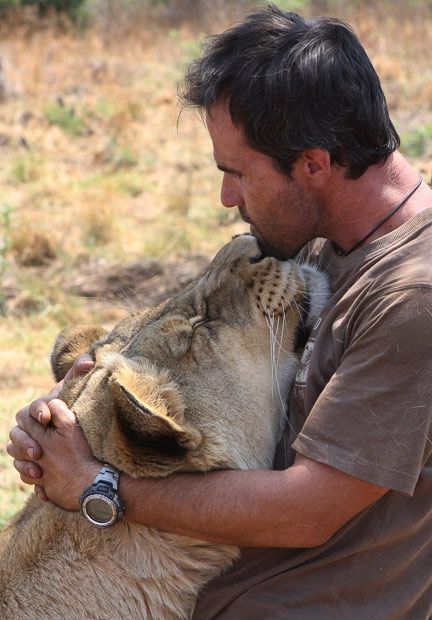
The Dawn of Domestication:
The journey of animal domestication began thousands of years ago when early humans transitioned from nomadic lifestyles to settled agricultural communities. Recognizing the benefits of having animals by their side, our ancestors selectively bred and trained certain species for various purposes, such as providing food, clothing, transportation, and even companionship.
The Partnership Unveiled:
From the mighty oxen aiding in plowing fields to the loyal dogs guarding our homes, the domestication of animals has yielded invaluable partnerships. Through patient observation and selective breeding, humans have honed the innate traits of various species to suit our needs. This intricate dance between man and beast has not only transformed the animals themselves but has also laid the foundation for many aspects of human civilization.
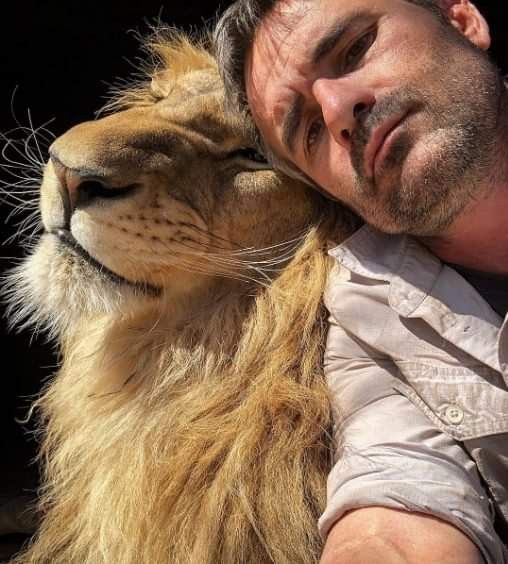
The Agricultural Revolution:
One of the most significant outcomes of animal domestication was the agricultural revolution. Animals like cattle, sheep, and goats became integral to farming practices, revolutionizing food production. The symbiotic relationship between humans and domesticated animals propelled societies into a new era of productivity, enabling the growth of surplus food and population.
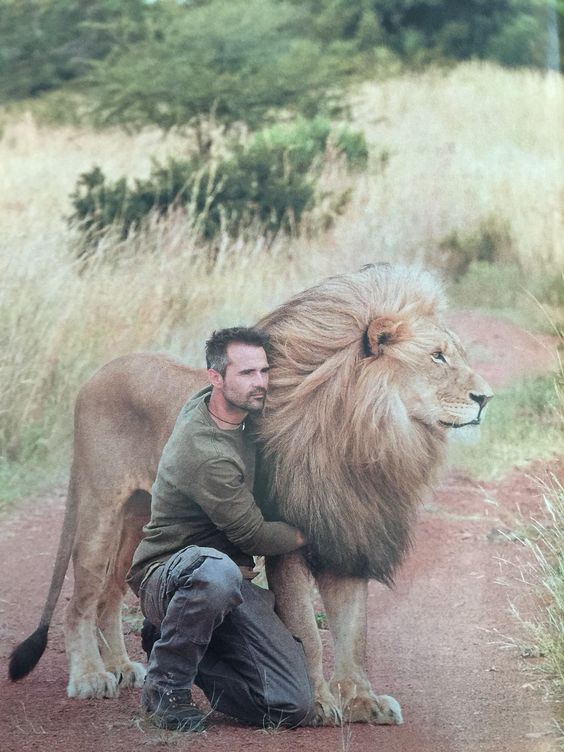
Cultural Significance:
Beyond practical benefits, domesticated animals have woven themselves into the fabric of human culture. Iconic symbols like the Egyptian cat, revered for its role in controlling pests, or the Chinese zodiac animals, each with its unique significance, showcase the enduring impact of animal domestication on our beliefs, folklore, and traditions.
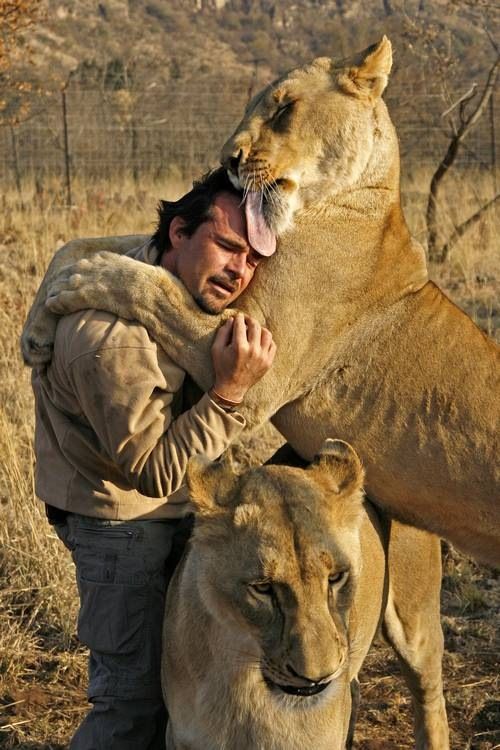
Challenges and Ethical Considerations:
While the benefits of domestication are undeniable, it comes with its share of challenges and ethical considerations. Striking a balance between responsible breeding practices, humane treatment, and preserving the natural behaviors of animals remains a constant concern. The responsibility falls on us to ensure the well-being of the creatures that have become our partners in this journey.
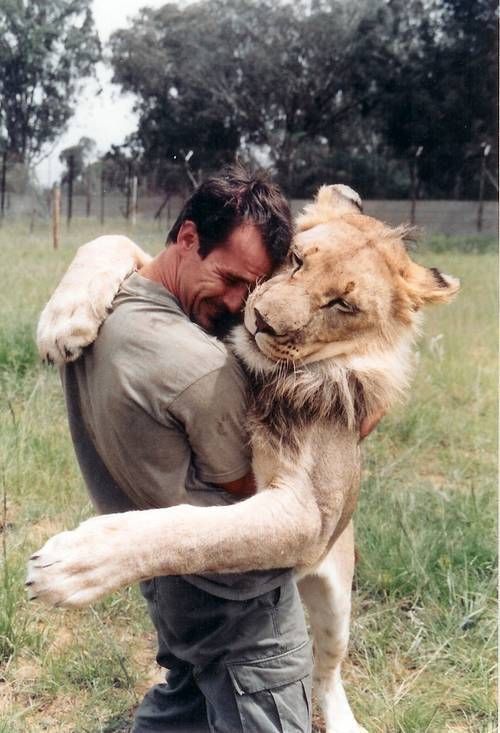
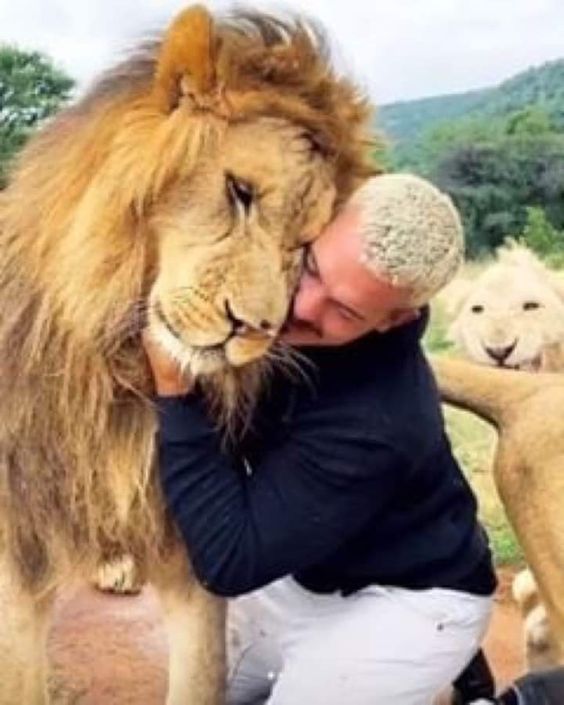
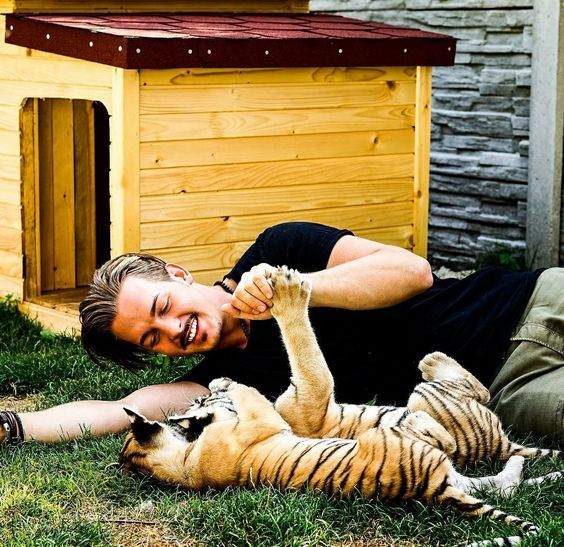
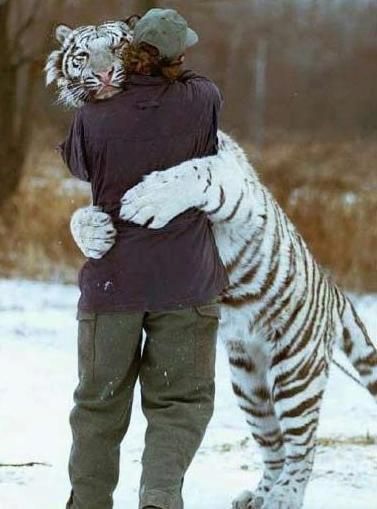
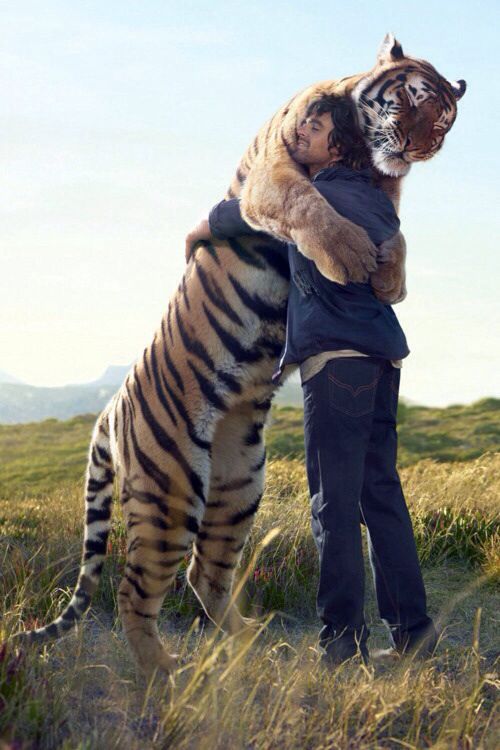

The art of taming the wild stands as a testament to human ingenuity and adaptability. From the bustling farms to the cozy corners of our homes, domesticated animals have become indispensable companions, laborers, and friends. As we continue to navigate the delicate balance between our needs and the welfare of these creatures, the legacy of animal domestication remains an enduring chapter in the shared story of humans and the wild beings we’ve brought into our fold.





